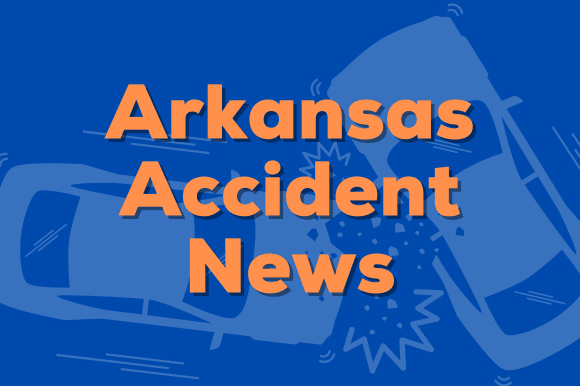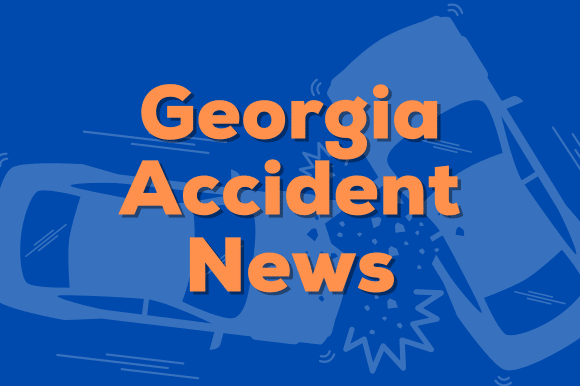
The residents, business owners, unhoused people, commuters and passersby in the area around Los Angeles’ MacArthur Park have some things in common: They benefit from the community being clean, and they all value their safety.
But that consensus papers over some significant differences about how to achieve those goals. As L.A. City Hall focuses time and resources on reviving MacArthur Park, some of those differences are surfacing and raising questions about whether Mayor Karen Bass and those around her are on the right track.
For the park and its surrounding neighborhood, the city’s campaign to clean and secure this area is urgent. Once a jewel of this crowded, vibrant, bustling immigrant community, MacArthur Park has fallen into decay, overwhelmed by the crises that afflict Los Angeles and so many other cities: drugs, homelessness, crime, blight. The result has been an alarming downward spiral, driving out families and turning the park into a drug market, with all its attendant violence.
Writ large, the struggle for the park is even larger. If Los Angeles cannot reclaim this piece of ground, cannot bring safety and community back through the city’s mix of enforcement and compassion, then those remedies may have lost their power, and sterner measures may be required for communities to live in peace.
In that sense, the debate is about competing views of government, either as a tool for betterment or one of enforcement.
That’s what makes this area not just important for those who live here but also for other California cities taking note of this example. And with that in mind, the struggle already is showing signs of discord.
Bass and the Los Angeles Police Department represent one approach to this crisis. Early this year, the LAPD and other city agencies swooped into the corridor along the eastern edge of the park, displacing illegal street vendors whose merchandise often included stolen goods or drugs. To keep those vendors from returning as soon as the police departed, the city erected chain link fences that remain in place today, blocking off large sections of sidewalk.
The intervention worked. Violent crime in the neighborhood dropped significantly. Local business owners saw hope. City leaders took a victory lap.
But a new raft of issues emerged. Drug overdoses actually increased because users were forced to seek out new supply and were unfamiliar with new dosages, according to overdose response teams.
Moreover, the fenced-in areas of the sidewalks are an eyesore, and maintaining them is a Sisyphean enterprise. People toss their trash into the enclosures, and they fill up with garbage. Cleanup crews valiantly do their best, arriving every morning to clean the sidewalks and sweep the areas. The enclosures fill up again overnight and the work repeats.
If Bass and the LAPD represent one type of response, activists and neighborhood leaders propose another. To them, this is not a crisis for police to solve but a breakdown of social policy. Only in Los Angeles would Bass, a liberal Democrat, be considered a moderate, but in terms of the politics around MacArthur Park, the pressure comes from the mayor’s left.
Going beyond the ‘fallback solution’
On a recent afternoon, three members of the area’s neighborhood council sat on a picnic bench near a western entrance to the park and took stock of the work.
There were a few kids with their moms on the playground, but the hillside near it was dotted with sleeping men. One man lit up a foil container and then nodded off. More stared vacantly, strewn across the grass. A traffic officer nearby moved cars along and ignored the drug use less than 50 feet away.

The neighborhood council members are young, thoughtful and earnest. They live in the area, and they are devoting much time and energy to their community. To them, a policing solution is doomed to fail.
“They’re just responding to crime,” said Mireya Valencia, who works for a nonprofit and has lived in the area for four years. “They’re not preventing it.”
Grace Bryant agreed. “We’re asking the police force to do too much,” she said. As she spoke, a police helicopter circled above, forcing her to raise her voice. “They’re the fallback solution to everything.”
The problem with that, they and fellow-council member Gabriel Owens-Flores argued, is that police can only do so much, that law enforcement solutions are more likely to move a problem along — the problems of MacArthur Park, in that view, are just those of the city’s Skid Row, having been pushed to the west from Downtown — than to address it at a fundamental level.
To these activists, the root causes of trouble in MacArthur Park are not street vendors or even the drugs or merchandise that some were selling. The core issues are housing and employment, both under stress in this city of the very rich and very poor.
There are measures that can help those problems. Eviction protections, for instance, can help keep people in homes, easing the pressure on homelessness; legislatively ordered rent freezes can bring stability to neighborhoods; city inspections can ensure safety in housing. In the neighborhoods around the park, which are some of the most densely populated in America, those and other solutions could bring some peace and stability.
But they come at a price. Many landlords already are feeling pressure as costs, such as insurance, utilities and taxes, rise. Add tariffs and the economic chaos that has become a hallmark of the Trump administration, and how are they to survive?
Buffeted by rising costs and demanding tenants, landlords often look to maintain their buildings at the lowest possible level, nudging out tenants so they can tear the buildings down and replace them with higher-yield replacements. That’s bad for renters and disruptive to communities.
Those are not problems that LAPD foot patrols or community policing can do anything about. Yes, the LAPD can put up fences and chase off vendors, but the fences fill up with trash, and the crime just moves a few blocks away.
The most basic tension between those who turn to law enforcement and those who see solutions elsewhere, however, is this: Police are quick to respond, but don’t stay long; housing and employment plans may yield long-term results, but they aren’t quick. You can’t call 911 and get housing, and you can’t get police to solve chronic employment shortages.
L.A. City Councilmember Eunisses Hernandez stands in the middle of all of this. She’s often critical of over-reliance on police, and she’s among the council members most happy to see the LAPD reduced in size and stature, an easy argument to make in a year when the city’s finances are tight anyway. For her, success in MacArthur Park is measured not in crime statistics but in overall community health. Winning, she says, will be when “every stakeholder can thrive.”
And yet, that can’t be done without some police involvement, she concedes. “There is,” she said, “a place for law enforcement.”
So the work at the park continues. The vendors are gone, but the police helicopters remain busy.
This commentary is the third in a string of recurring coverage on L.A.’s attempts to restore MacArthur Park and areas like it, and the implications for distressed communities around the state.
This post was originally authored and published by Jim Newton from Cal Matters via RSS Feed. Join today to get your news feed on Nationwide Report®.
























